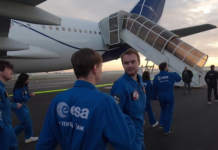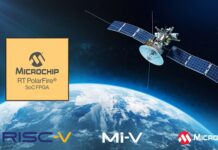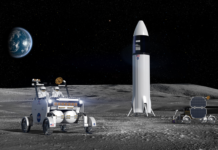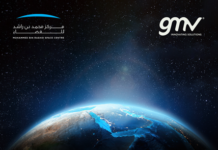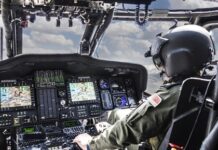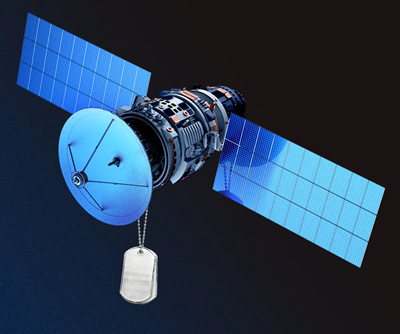
The Market for Commercial Satellite Imaging was valued at US$ 3.8 Bn in 2022 and is projected to reach US$ 7.0 Bn by 2031, expanding at a compound annual growth rate (CAGR) of 7.6% between 2023 and 2031.
Commercial Satellite Imaging
The term “commercial satellite imaging” describes the process of taking high-resolution pictures of the Earth’s surface using satellite technology for a range of business uses. Businesses that provide commercial satellite imaging services launch spacecraft with sophisticated sensors and cameras that can take precise, in-depth pictures of the Earth. For the purposes of land management, environmental monitoring, and urban planning, precise and current maps are made using commercial satellite imagery. Satellite i magery is used by GIS programmes to analyze and visualize geographic data for a variety of uses.
Monitoring crop health, determining vegetation cover, and managing forestry resources can all benefit from the information that satellite photography can offer. By using this data, one may monitor deforestation, evaluate the condition of natural habitats, and improve farming practices. Governments and urban planners may better plan for sustainable development, monitor urban expansion, and assess infrastructure development with the use of commercial satellite imagery. It offers useful information for evaluating metropolitan area growth, transportation systems, and land use trends.
Governments and urban planners may better plan for sustainable development, monitor urban expansion, and assess infrastructure development with the use of commercial satellite imagery. It offers useful information for evaluating metropolitan area growth, transportation systems, and land use trends. For the purpose of tracking environmental changes, such as deforestation, natural catastrophes, and the effects of climate change, satellite photography is essential. It facilitates disaster response and recovery activities as well as the assessment of the degree of damage resulting from natural catastrophes.
The market has grown as a result of the growing usage of satellite images in sectors such as disaster management, urban planning, agriculture, defense, and environmental monitoring. Data from satellite imaging has been used by governments and businesses to enhance operational effectiveness and make well-informed choices. The market has experienced growth due to the expansion of commercial satellite imaging services’ breadth and quality, as a result of continuous developments in satellite technology such as higher spectral resolution, high-resolution imaging capabilities, and data processing techniques.
The increasing requirement for current and precise geospatial data has led to a rise in the demand for real-time and on-demand satellite imaging data. Due to this need, tiny satellites have been launched and satellite constellations have been developed, allowing for more frequent and economic data collection. The market for commercial satellite imaging has experienced a notable surge due to heightened government spending on satellite imaging technology and programmes aimed at encouraging the use of satellite data for diverse purposes. Collaborations and public-private partnerships have also promoted market expansion. For commercial satellite imaging companies, this has meant more growth opportunities due to the identification of new markets and applications, like the telecommunications industry expansion, smart city development, and the integration of satellite data in the transportation and logistics sector.
Businesses may be able to expand their worldwide reach and supply satellite imaging services more often and promptly by developing and deploying constellations of satellites. The growing need for on-demand and real-time geospatial data across several industries may be satisfied by making investments in the growth of satellite constellations. For picture analysis and data interpretation, businesses may offer value-added services like automatic feature discovery, change detection, and predictive analytics by using AI and ML technology. Combining AI and ML skills can improve the usefulness of satellite imaging data for a variety of applications and expedite data processing.
For businesses looking to offer satellite imaging solutions for a range of uses, such as natural resource management, agriculture, and urban planning, exploring and growing into emerging markets, such as developing nations with increasing infrastructure and urbanization demands, can present opportunities. Putting money into market research and forming strategic alliances with regional players may help businesses enter and grow successfully in new markets.
The development of more advanced imaging sensors, the launching of high-resolution imaging satellites, and the formation of satellite constellations for increased coverage and revisit times are just a few examples of how advances in satellite technology have influenced the evolution of the commercial satellite imaging market.



